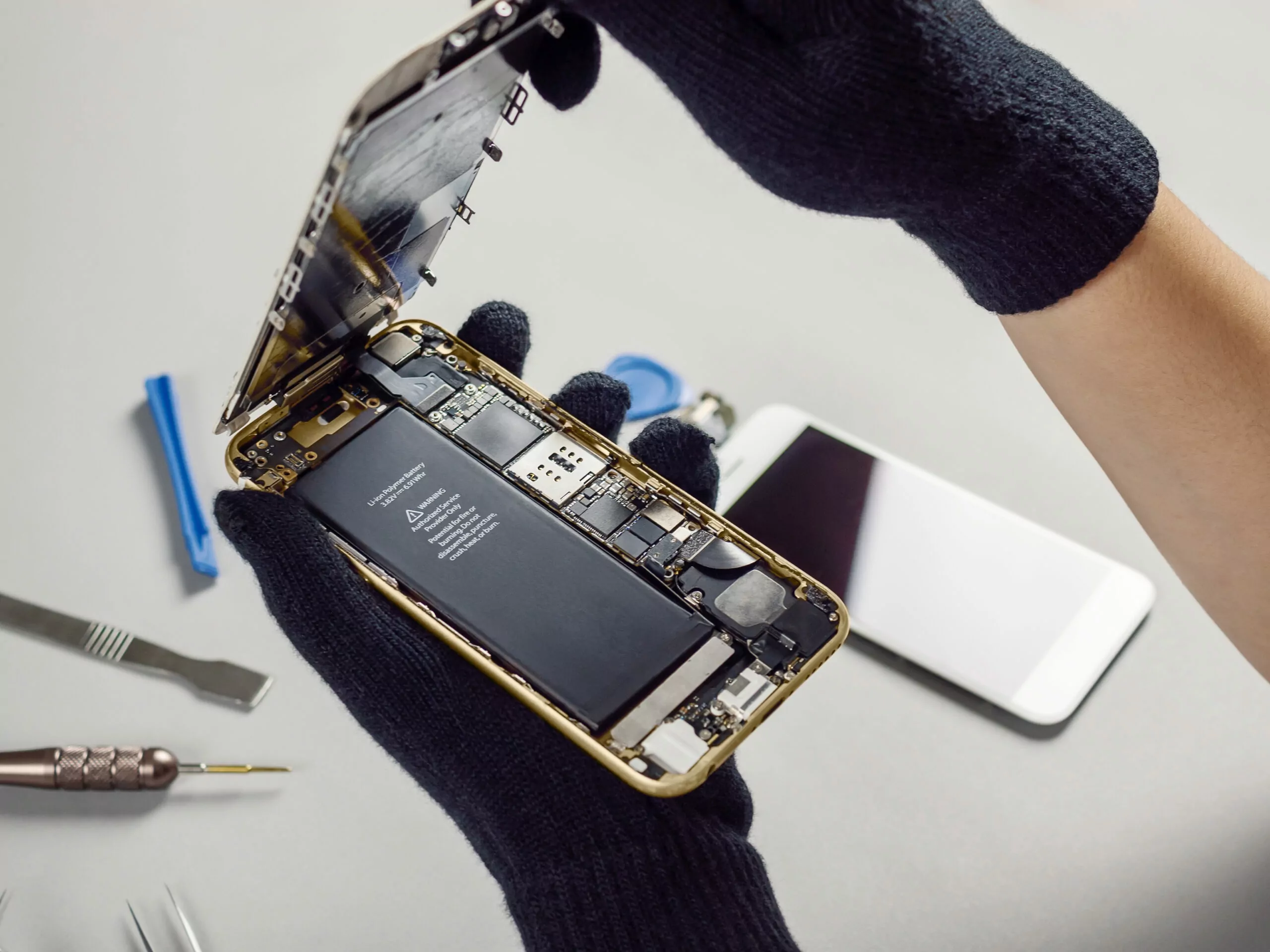Welcome to the Ultimate Guide to Batteries and Charging: Everything You Need to Know. In today’s modern world, batteries are an essential part of our daily lives. From powering our phones, laptops, and other electronic devices, to being a vital component in renewable energy systems, batteries play a crucial role in our society.
With various types of batteries available in the market, it can be overwhelming to understand how they work, how to charge them, and which one is best suited for your needs.
In this comprehensive guide, we will cover all the basics of batteries and charging, with a focus on the increasingly popular lithium battery. So let’s dive in and discover everything you need to know about batteries and charging!
Certainly! Here’s a revised version of “Understanding the Basics of Batteries” that includes the additional topic:
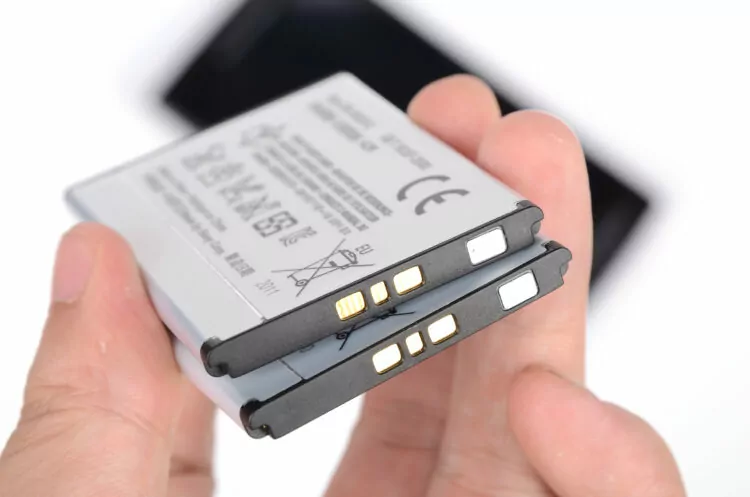
Understanding the Basics of Batteries
Batteries are the unsung heroes of the modern world, silently powering our daily conveniences from the palm-sized smartphones to the vast energy systems supporting renewable technologies. But to appreciate the value they bring to our lives, it’s essential to grasp their fundamental workings and the diversity of their types.
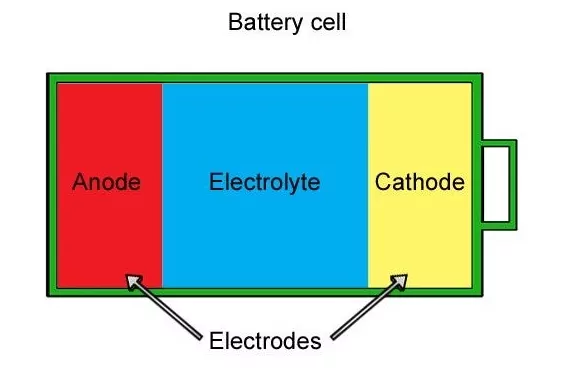
At the heart of every battery is a simple yet elegant chemistry: two electrodes—the cathode (positive) and the anode (negative)—are immersed in an electrolyte. This setup facilitates a chemical reaction when the battery is used, prompting electrons to travel from the anode to the cathode through an external circuit, thereby generating electricity.
The variety in battery types stems from their differing chemistries, which influence their voltage, capacity, rechargeability, and suitability for various applications. Alkaline batteries, for instance, are commonly used in household items due to their higher voltage and affordability.
Nickel-cadmium (NiCd) batteries, with their robustness and reliability, often power more demanding devices, although they must be managed to mitigate the memory effect—a phenomenon where repeated partial discharge and charge cycles can lead to reduced capacity.
Nickel-metal hydride (NiMH) batteries present a middle ground with better capacity over NiCd and less environmental impact, while lithium-ion (Li-ion) batteries stand out for their high energy density and long service life, making them ideal for mobile electronics and electric vehicles.
Their lightweight nature and rechargeability also contribute to a greener footprint, as they offer a more sustainable option over the battery’s life cycle.
Understanding battery chemistry is not just academic; it has practical implications. The chemical composition of a battery dictates its cost, environmental impact, and the best use case scenarios.
For example, the difference in chemistry between battery types affects everything from the power delivery to the longevity and the operational costs of batteries.
Responsible disposal is another critical aspect of battery usage. Many batteries contain hazardous substances like lead, mercury, or cadmium, which can pose significant environmental risks if mishandled.
Recycling is a pivotal step in the life of a battery, ensuring that these materials are reclaimed and repurposed, reducing the ecological footprint of battery production and usage. Thankfully, recycling programs are widely available, offering convenient drop-off points at local recycling centers and retail outlets, ensuring that batteries are disposed of safely and sustainably.
For those curious about the safe temperatures for lithium-ion batteries, TechWithTech provides a detailed exploration in “Lithium-Ion Batteries: Safe Temperatures?” which is a must-read to understand the environmental conditions that affect battery health.
In summary, batteries are complex yet fascinating devices that are pivotal to our technological advancement. By understanding their basic operation, types, and the importance of responsible disposal, we can make informed decisions for our energy needs and environmental responsibilities.
An In-depth Look into Lithium Batteries
Lithium batteries have revolutionized the world of portable electronic devices. From smartphones to laptops, these compact powerhouses have become the preferred choice for many consumers. But what makes lithium batteries so special?
First and foremost, lithium batteries are known for their high energy density. This means they can store a large amount of energy in a small and lightweight package. This is crucial for portable devices that require long-lasting power without adding unnecessary weight.
In addition to their energy density, lithium batteries also have a long lifespan. Compared to other battery types, lithium batteries can endure hundreds of charge and discharge cycles before their performance starts to degrade. This means they can last significantly longer, reducing the need for frequent battery replacements.
But what about environmental impact? Can you recycle lithium batteries? The answer is yes! Lithium batteries can be recycled, and it’s crucial to do so. Recycling helps recover valuable materials, such as lithium, cobalt, and nickel, which can be reused in the production of new batteries.
Additionally, proper recycling ensures that any toxic materials within the batteries are safely managed and do not harm the environment. We will go into more detail about battery recycling later on. If you’re wondering about the repercussions of recharging non-rechargeable batteries, check out TechWithTech’s article “Recharging Non-Rechargeable Batteries: What Happens?” for a comprehensive understanding of the risks and potential outcomes.
The Mechanics of Charging: Enhancing Battery Life and Performance
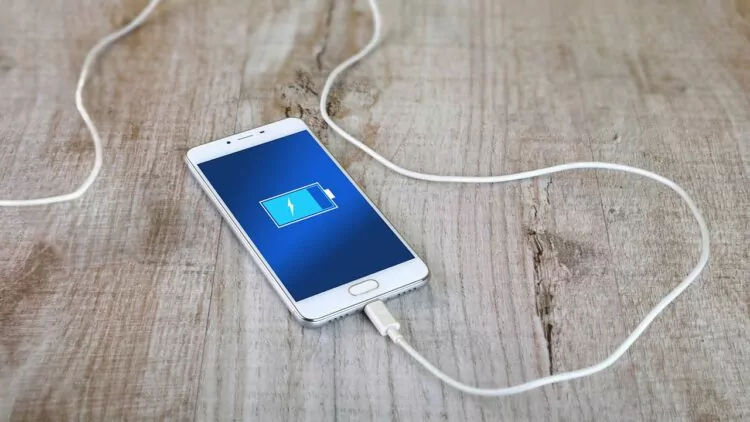
While charging a battery might seem mundane, a nuanced understanding of its mechanics can be the key to extending its life and maximizing its performance. Charging isn’t just about plugging in and waiting for the power to top up; it’s a critical process that requires attention to detail and adherence to safety protocols.
Selecting the Right Charger: The charger is the lifeline of your battery, delivering the necessary juice to keep it running. But not all chargers are created equal. Each battery type demands specific charging parameters to function correctly. For instance, lithium-ion batteries require a different voltage and current than NiMH batteries.
Using an incompatible charger can lead to inefficient charging, which not only wastes time but may also inflict damage on the battery’s internal structure, leading to a shortened lifespan or even immediate failure. Always cross-check the charger’s output with your battery’s specifications, which can typically be found in the user manual or on the manufacturer’s website.
Understanding Charging Time: Time is of the essence when it comes to charging. Fast charging can be convenient but pushing a battery to charge at an unnaturally high rate may induce stress on its components, leading to wear and degradation over time.
Conversely, a slow charge can be beneficial to battery health, mimicking the gentle ebb and flow of energy it would experience in ideal usage scenarios. Chargers with smart features that adapt charging speed based on the battery’s current capacity and temperature can greatly enhance battery longevity. Features such as overcharge protection and smart timers can interrupt the charge once the battery reaches full capacity, preventing the risks associated with overcharging.
Maintaining a Stable Charging Environment: The charging environment can make or break a battery’s health. Batteries are sensitive to their surroundings, with extreme temperatures being the nemesis of optimal charging conditions.
High heat can cause a battery to overheat, leading to potential hazards and battery bloat, while cold temperatures can slow down the chemical reactions necessary for charging, resulting in incomplete charging cycles and reduced efficacy.
Strive to charge your batteries in a controlled environment, away from direct sunlight, and away from the extremes of weather. For those who’ve experienced their phone battery getting too hot or too cold, TechWithTech offers troubleshooting guides like “Phone Battery Too Hot to Charge: How to Fix?” and “Phone Temperature Too Low to Charge: How to Fix?,” which are invaluable for maintaining your battery’s health.

Types of Battery Charging Technologies
Battery charging technology has evolved to cater to the increasing demand for efficiency and speed in the charging process. Here are the primary types of battery charging technologies:
1. Wired Charging Technologies
- Constant Voltage Charging: This is one of the most common methods, where the charger supplies a fixed voltage to the battery, and the current gradually decreases as the battery charges up.
- Constant Current Charging: In this method, the charger maintains a constant current level until the battery reaches a certain voltage level.
- Trickle Charging: Suitable for maintaining a charge over a long period, trickle charging supplies a small current to keep the battery full without overcharging it.
2. Wireless Charging Technologies
- Inductive Charging: This technology uses electromagnetic fields to transfer energy between two objects through coils.
- Resonant Inductive Charging: It enhances basic inductive charging by allowing a longer distance between the charger and the device.
3. Fast Charging Technologies
- Qualcomm Quick Charge: A widely used fast charging technology that increases the charging power, thereby reducing the time it takes to charge the battery.
- USB Power Delivery: This is a universal charging standard that can handle higher power and allows devices to negotiate for the required power delivery speed.
4. Solar Charging
- Photovoltaic Charging: Using solar panels to convert sunlight into electricity, this method is eco-friendly and useful in remote locations.
5. Regenerative Charging
- Regenerative Braking: Common in electric vehicles, this technology converts kinetic energy back into electrical energy to charge the battery while braking.
6. Pulse Charging
- Pulse Charging: Instead of a constant current or voltage, this technology uses pulses of electricity to charge the battery, which can help reduce heat and prolong battery life.
7. Smart Charging
- Smart Charging Systems: These systems can adjust the charging rate based on the battery’s condition and usage patterns to optimize the charging process and extend the battery’s lifespan.
8. Multi-stage Charging
- Multi-stage Charging: This method involves multiple stages (bulk, absorption, and float) to ensure a fast and safe charging process that also maintains battery health.
These technologies represent the breadth of battery charging methods available today. Each type offers distinct advantages and is suitable for different applications, from everyday consumer electronics to large-scale renewable energy systems. When adding such content to your blog, you might want to provide more details on each technology, including their efficiency rates, cost-effectiveness, and compatibility with various battery types.
Fixing Common Battery Issues
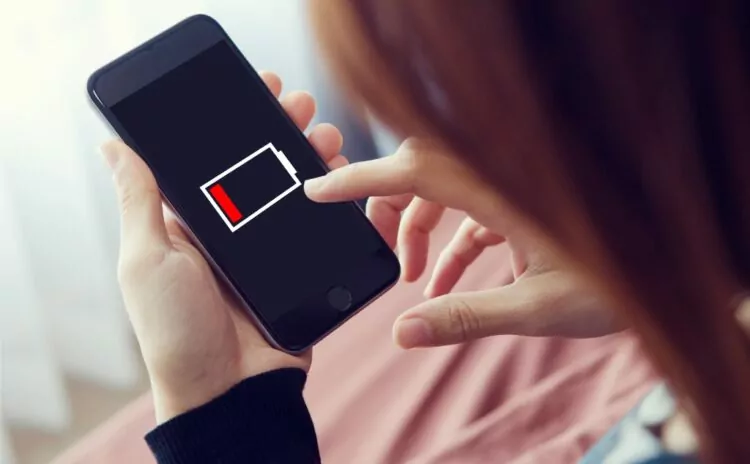
Batteries not working right can be a real headache. Let’s look at some usual battery troubles and how to fix them.
Battery Drains Fast: If your battery runs out too quickly, the first step is to check your device settings. Sometimes, certain apps or features use up a lot of power without you knowing. You can close apps you’re not using and turn off extra features to help your battery last longer.
Also, turning down your screen brightness can save a lot of battery life. For iPhone users, understanding the battery cycle for optimal health can be crucial, and TechWithTech’s “iPhone 15 features: Mastering Battery Cycle for Optimal Health” provides insights into how you can manage your device’s battery life effectively.
Memory Effect: Some rechargeable batteries, like the ones in older phones or tools, can get the memory effect. This happens when you charge the battery before it’s fully run down, and over time, it ‘forgets’ it can hold more charge. To fix this, try to use the battery until it’s almost empty and then charge it fully every once in a while.
Battery Won’t Keep a Charge: When a battery won’t stay charged, it might mean it’s getting old and can’t work as well as it used to. If your gadget is still under warranty, you might get a new battery for free. If not, you can buy a new one from a store or online. A new battery can make your device work like new again.
By knowing these tips, you can help your batteries work better and last longer.
Best Practices for Battery Maintenance
Think Long-Term: Some batteries, particularly rechargeable ones, offer the advantage of longevity, which is beneficial for both economic and environmental reasons. Instead of purchasing disposable batteries repeatedly, opting for rechargeable batteries can lead to significant savings and a reduction in waste.
However, it’s important to charge them correctly to preserve their lifespan. Leaving a battery plugged in continuously or charging it frequently, even when it’s not low, can lead to a phenomenon known as “voltage depression” or the “memory effect,” which can diminish its capacity over time.
For those looking to delve deeper into the best practices for battery longevity and performance, TechWithTech has a wealth of resources. For example, you might wonder if constantly charging your laptop could damage its battery.
The article “Constant Charging Laptop: Damages Battery?” explores this question in detail, providing evidence-based insights and recommendations. Similarly, the question of whether frequent charging harms your laptop’s battery is addressed in “Frequently Charging Laptop: Damages Battery?,” which offers guidance on how to charge smartly to extend your battery’s health and service life.
By following these guidelines and exploring these additional resources, you can ensure that your batteries maintain their charge capacity and last as long as possible, saving you money and reducing environmental impact.

Understanding Battery Environmental Impact
Batteries are a part of everyday life, but they come with an environmental cost. They’re made with materials like lead, mercury, and cadmium, which can be harmful to the environment if disposed of improperly. However, the right to repair and recycle these power cells is a powerful step towards a more sustainable future.
Recycling batteries not only reduces waste but also conserves natural resources. By reclaiming materials such as lithium, cobalt, and nickel, we can reuse them in the production of new batteries. This would prevent these valuable elements from polluting the earth. Moreover, understanding and exercising your right to repair can extend the life of your electronics, reducing the need for new resources and minimizing waste.
For those interested in learning more about how the right to repair movement supports environmental sustainability, check out the comprehensive article on TechWithTech, “The Right to Repair: A Detailed Discussion.” This piece sheds light on the importance of being able to fix and maintain your own devices, which is intrinsically linked to responsible battery use and recycling.
You can find places to recycle batteries near you, such as local stores like Lowes or designated recycling centers. By taking your old batteries to these facilities, you ensure they are processed correctly, contributing to environmental health and sustainability. It’s a simple yet impactful way to help our planet and promote a circular economy where nothing goes to waste.

Future of Batteries and Charging
The landscape of battery technology is on the cusp of transformative change, with advancements poised to redefine our approach to energy storage and power management. As we navigate towards a more technologically advanced future, the evolution of batteries and charging methods is a beacon of innovation, promising enhanced efficiency and a reduced environmental footprint.
Solid-state batteries are at the forefront of this revolution. By replacing the liquid electrolyte with a solid medium, these batteries are breaking new ground in energy density and safety—a leap forward that could significantly impact everything from consumer electronics to the automotive industry and large-scale renewable energy storage.
With their inherent stability and potential for miniaturization, solid-state batteries are expected to charge faster and last longer, heralding a new era for electric vehicles and beyond.
The quest for sustainability is driving the development of eco-friendly battery solutions. In a world increasingly reliant on renewable energy, the demand for batteries that can efficiently store solar and wind energy is growing.
Research is intensifying into novel materials and production methods that promise batteries which not only deliver high performance but are also designed with their full lifecycle in mind. This includes not just the end-of-life recycling but also the environmental considerations of their production and distribution processes.
Graphene batteries are another cutting-edge development, offering a tantalizing glimpse into a future with ultra-fast charging capabilities and unprecedented energy storage potential. These advancements are not just about creating batteries with longer lifespans but also about ensuring that the batteries of tomorrow are more adaptable, robust, and environmentally benign.
Wireless charging technology is also evolving, moving us towards a future where the convenience of charging electronic devices is seamless. The proliferation of wireless charging pads is just the beginning; the technology is expanding to public spaces, furniture, and vehicles, integrating charging solutions into our everyday environments. As this technology matures, it promises to simplify the charging process, making it more accessible and ubiquitous.
Moreover, the integration of smart technology into battery systems is paving the way for intelligent energy management. Future batteries may communicate with smart grids, adjust charging rates based on usage patterns, and respond to energy demands in real-time, optimizing the balance between energy consumption and conservation.
In the broader context, the advancements in battery technology reflect a growing synergy between innovation, practicality, and environmental stewardship. As we look to the future, the role of batteries extends beyond mere energy storage; it encompasses a vision of sustainable and smart energy solutions that resonate with global efforts to combat climate change and promote energy independence.
Absolutely, you can integrate the “Best Cell Phone Battery Manufacturers” article into the “Choosing the Best Battery for Your Devices” section by providing a reference to the manufacturers as a part of the decision-making process when selecting a battery. Here’s how you could weave it into the narrative:
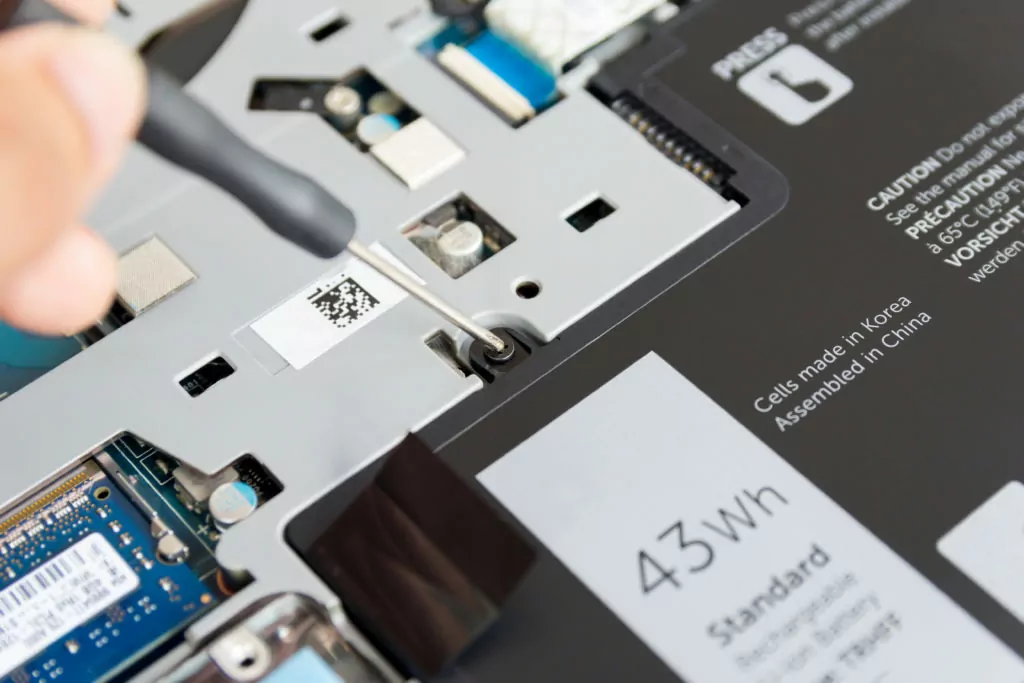
Choosing the Best Battery for Your Devices
Picking the right battery is key to ensuring your devices work well and last long. With all the choices out there, here’s how to find the best one for you:
Know Your Device’s Appetite for Power: Consider the energy needs of your device. A high-use smartphone or laptop will need a battery with a larger capacity to avoid running out of power quickly. For those looking to replace or upgrade their smartphone batteries, it’s worth checking out the “Best Cell Phone Battery Manufacturers: Which?” article on TechWithTech. This guide helps you understand which manufacturers provide reliable, high-capacity batteries, ensuring you don’t get caught with a dead phone when you need it most.
Match the Battery to the Job: Different devices require different types of batteries. Lithium-ion batteries are preferred for high-drain devices like smartphones and laptops due to their long life and high energy density. For lower-drain items like remote controls, standard alkaline batteries may suffice.
Think Long-Term: Opt for batteries that offer longevity and can be recharged multiple times. Rechargeable batteries are not only cost-effective but also more environmentally friendly, as they reduce the need to dispose of batteries frequently.
Eco-Friendly Choices: In making a battery purchase, consider the environmental impact. Choose batteries that are less harmful to the environment and select types that are recyclable. By doing so, you contribute to the health of our planet while meeting your energy needs. The choice of manufacturer can play a part in this, as some companies are committed to producing more sustainable and eco-friendly batteries.
By considering these factors and being informed about where your batteries come from, you can make choices that are good for both your devices and the environment.
Empowering Your Life with the Right Battery Knowledge
Now that we’ve answered ‘What is a lithium battery?’, it’s clear that batteries are foundational to our modern lifestyle, not just as power sources but as drivers of innovation and convenience. This guide has provided a thorough journey through the world of battery technology, from the basic mechanics to the advanced specifics of lithium-ion batteries, which are revolutionizing portable power.
You’ve learned the best practices for charging and maintaining batteries to ensure they deliver optimal performance throughout their life. We’ve also discussed solutions to common issues like rapid battery drain and the memory effect, helping you keep your devices in top condition.
Moreover, the guide has highlighted the environmental considerations of battery use, stressing the importance of recycling and the exciting potential of emerging battery technologies like solid-state and graphene batteries. The integration of wireless charging and smart tech is set to make power access even more seamless.
Choosing the right battery involves understanding your device’s power requirements, comparing different battery types, and considering the environmental implications of your choice. By staying informed, you can make decisions that not only suit your immediate needs but also contribute to a sustainable future.
In essence, batteries are integral to the advancement of technology and, by extension, to our progress as a society. With the knowledge from this guide, you can make informed choices that enhance your life and help preserve our planet.

